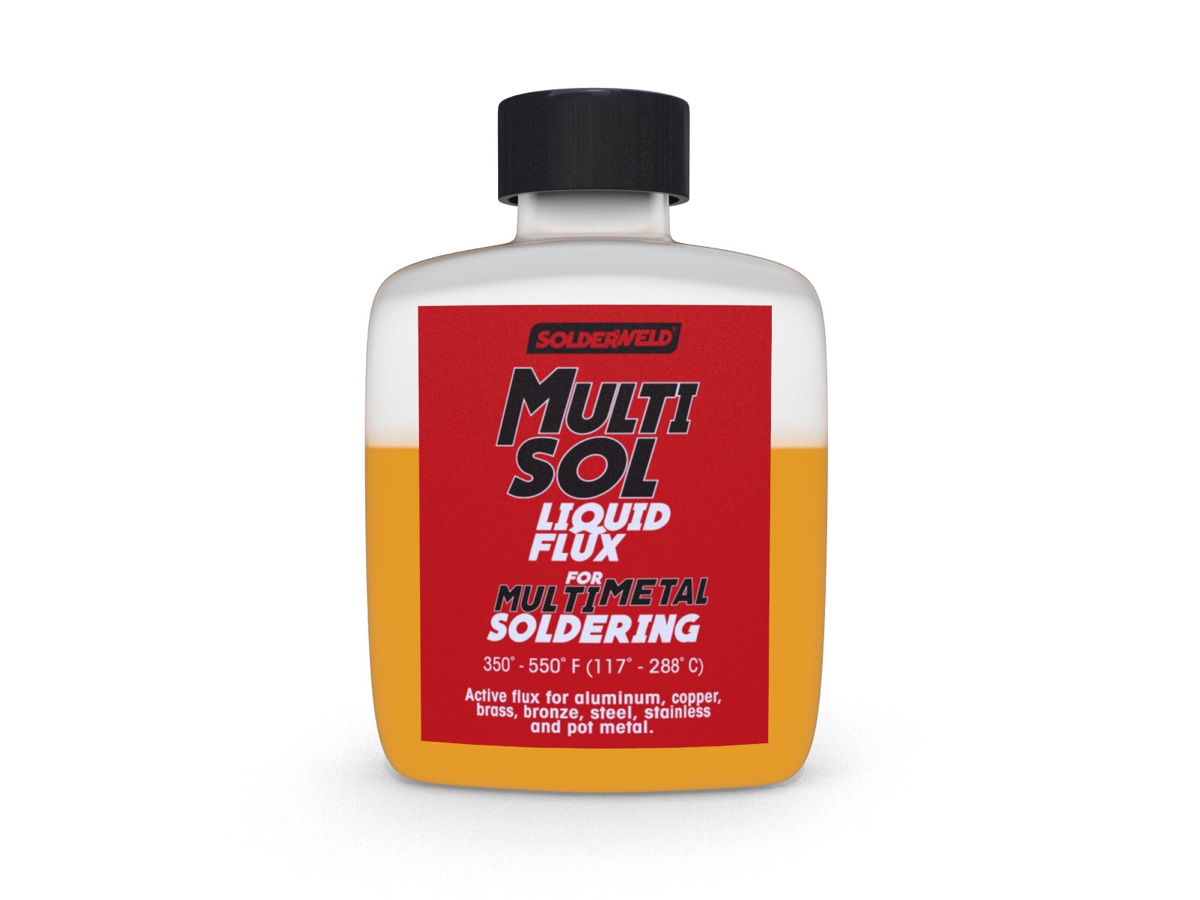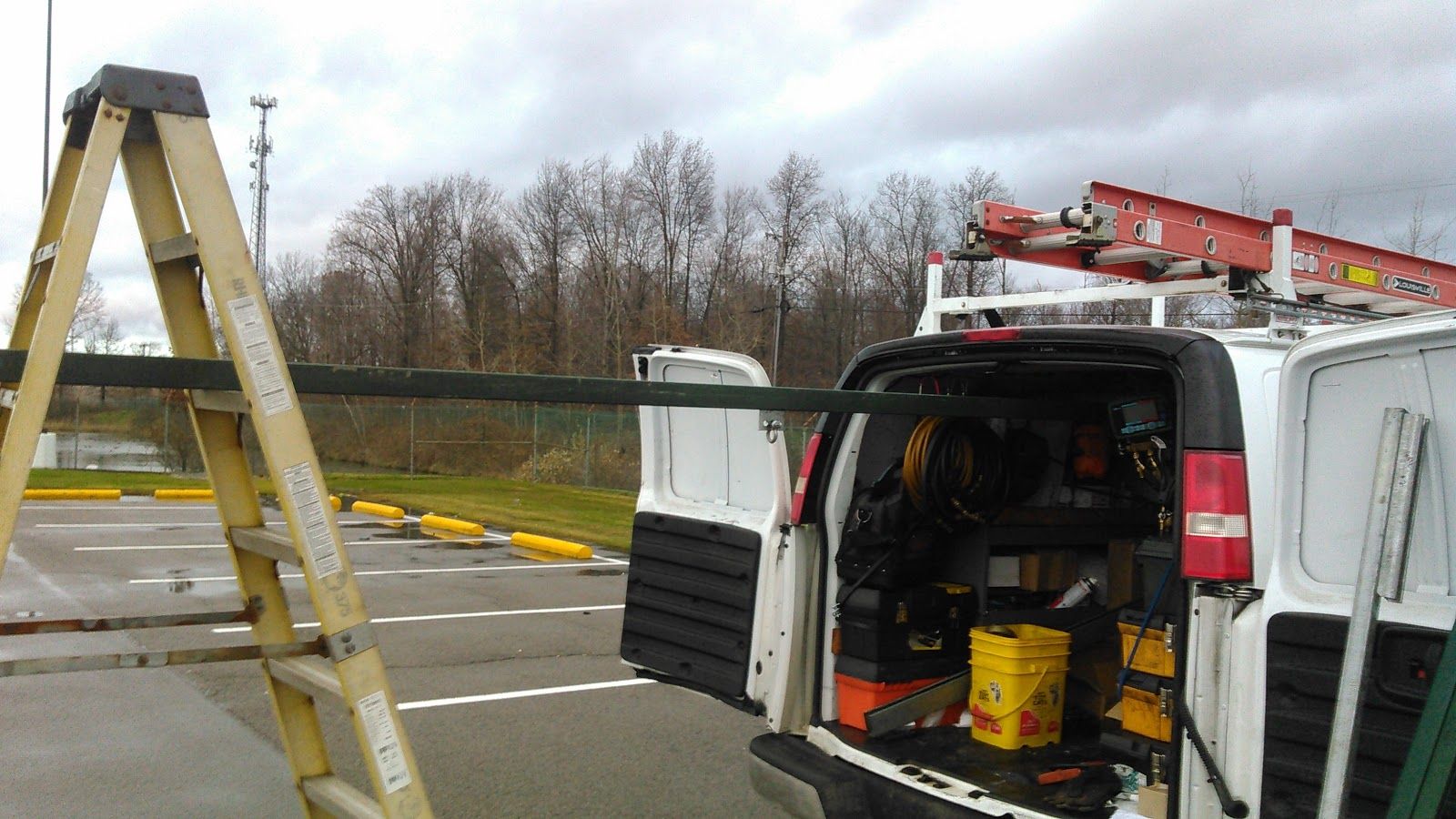Get Tech Tips
Subscribe to free tech tips.
Can Pulling a Vacuum too Fast Freeze Water/Moisture?

First, I want to give credit where credit is due. This post is made possible by the fantastic demonstration video by Neil Comparetto that I embedded below.
Before you get bored and stop reading, I want to get the conclusion out in the air. Ice can form in a vacuum, but I still advise pulling a fast, deep vacuum. Now, keep reading to see why.
The statement that is often made by techs is that pulling a vacuum “too quickly” can result in freezing the moisture inside the system and reducing evacuation speed. This conversation usually occurs when another tech is demonstrating a SUPERFAST evacuation or by a tech who is advocating for the consistent use of triple evacuation. (Read more about triple evacuation and nitrogen in THIS tech tip.)
Neil's video proved that pulling a deep vacuum quickly can result in freezing with even a small amount of liquid water present. He also demonstrated that this is possible with a typical HVAC hookup and that it can pull down to 500 microns with substantial ice present. Neil did this in a 50-degree shop, and he took a glass jar (insulator) with relatively low internal volume and pulled it down using a vacuum pump direct connected with large hoses.
So, he proved that under certain circumstances, ice could form and cause a real problem with evacuation speed. It could even trick a junior tech into thinking they pulled a proper vacuum when they did not.
Now, before you get too excited…
In a typical system with a larger internal volume than a jar, this experiment doesn't replicate the same results unless, of course, the ambient temperature is already near or below freezing.
So, what causes water to freeze under vacuum, and how do we prevent it?
Water, like all substances, changes state due to the molecular density and configuration based on the pressure surrounding the molecules and the temperature of the molecules (average molecular velocity). When we pull a vacuum on water, there are two opposing forces; on the one hand, we are DECREASING the pressure, which leads to evaporation and then boiling. However, as the water boils, it begins to lose heat because the molecular energy contents of the highest velocity molecules are being evaporated and removed by the vacuum pump, thus reducing the average molecule velocity (temperature). The key reason why it can freeze in these experiments is that the heat rejected through evaporation/boiling is significantly higher than the heat ADDED through the sides of the jar, which is why it starts by flashing, then boiling, then back to liquid, and finally freezing. You are WATCHING the change in energy state in real-time as the available heat in the jar and added through the walls is overcome by the heat REJECTED from the boiling liquid and out the pump.
Now, if the pump were left on the ice long enough, the ice would eventually all SUBLIMATE (change directly from solid to vapor), but the rate at which that would occur is based solely on the amount of heat being added to that ice through the walls of the jar. This addition of heat is equal to the differential in temperature between the ice in the jar and the temperature around the jar.
The deeper the vacuum pulls, the colder that ice will get, which will increase the differential between the ambient around the jar and the ice temperature inside.
If we hit the jar with a heat gun, the ice would melt quickly because we are ADDING a huge amount of heat very quickly. In the same way, if the ambient temperature in Neil's shop were higher or if the vessel were made of copper (conductor) instead of glass (insulator), it would be less likely that ice would form, and if it did form, it would sublimate more quickly.
Here are my current conclusions based on this video (and many others), good science and practical field experience
It becomes increasingly more important to use a heat gun on components and sweep nitrogen as ambient temperatures drop.
- Liquid water inside a system should be exceptionally rare; follow good copper handling practices and don't work with open copper in the rain.
- When the internal volume of the system you are evacuating is very small, it would be easier to create ice (ice machines, ductless line sets, etc.). Use more caution in these circumstances by employing triple evacuation/breaking the vacuum with nitrogen/sweeping with nitrogen.
- Most important is to valve off the micron gauge from the pump and watch for rapid increases. If you have ice, you WILL see a quick increase when the micron gauge is isolated from the pump in the system.
- Use a quality micron gauge that can show you a decay/leak rate so that you can easily be aware when there is an issue.
- When you pull a vacuum on most systems during warm ambient conditions, you RARELY—if ever—will make ice in a system under vacuum.
- The conclusion is NOT to pull a SLOWER vacuum; it is simply to use heat and breaking the vacuum with nitrogen to get the moisture removed.
Here is the video:
—Bryan










Comments
When in the Air Force we were trained when vacuuming the annular space on liquid oxygen tanks to crack the valve on the vacuum pump and allow the vacuum to slowly establish to around 28″ Hg and then fully open the vacuum pump valve to pull a vacuum down to 50 microns.
When in the Air Force we were trained when vacuuming the annular space on liquid oxygen tanks to crack the valve on the vacuum pump and allow the vacuum to slowly establish to around 28″ Hg and then fully open the vacuum pump valve to pull a vacuum down to 50 microns.
pharmacie en ligne france fiable: pharmacie en ligne – pharmacie en ligne france livraison internationale pharmafst.com
pharmacie en ligne france fiable: pharmacie en ligne – pharmacie en ligne france livraison internationale pharmafst.com
Cialis sans ordonnance pas cher cialis sans ordonnance or Achat Cialis en ligne fiable
https://feedroll.com/rssviewer/feed2js.php?src=https://tadalmed.com Tadalafil achat en ligne
[url=https://images.google.by/url?sa=t&url=https://tadalmed.com]Acheter Cialis 20 mg pas cher[/url] Cialis sans ordonnance pas cher and [url=https://jutianwang.cn/home.php?mod=space&uid=21517&do=profile&from=space]Pharmacie en ligne Cialis sans ordonnance[/url] Acheter Cialis
Cialis sans ordonnance pas cher cialis sans ordonnance or Achat Cialis en ligne fiable
https://feedroll.com/rssviewer/feed2js.php?src=https://tadalmed.com Tadalafil achat en ligne
[url=https://images.google.by/url?sa=t&url=https://tadalmed.com]Acheter Cialis 20 mg pas cher[/url] Cialis sans ordonnance pas cher and [url=https://jutianwang.cn/home.php?mod=space&uid=21517&do=profile&from=space]Pharmacie en ligne Cialis sans ordonnance[/url] Acheter Cialis
Achetez vos kamagra medicaments: kamagra oral jelly – Kamagra pharmacie en ligne
Achetez vos kamagra medicaments: kamagra oral jelly – Kamagra pharmacie en ligne
http://tadalmed.com/# Cialis sans ordonnance 24h
http://tadalmed.com/# Cialis sans ordonnance 24h
Pharmacie Internationale en ligne pharmacie en ligne pas cher or pharmacie en ligne livraison europe
https://www.google.tn/url?q=https://pharmafst.com Pharmacie Internationale en ligne
[url=http://bankononb.com/redirect.php?http://pharmafst.com]Achat mГ©dicament en ligne fiable[/url] Pharmacie sans ordonnance and [url=http://www.88moli.top/home.php?mod=space&uid=22396]Achat mГ©dicament en ligne fiable[/url] Pharmacie en ligne livraison Europe
Pharmacie Internationale en ligne pharmacie en ligne pas cher or pharmacie en ligne livraison europe
https://www.google.tn/url?q=https://pharmafst.com Pharmacie Internationale en ligne
[url=http://bankononb.com/redirect.php?http://pharmafst.com]Achat mГ©dicament en ligne fiable[/url] Pharmacie sans ordonnance and [url=http://www.88moli.top/home.php?mod=space&uid=22396]Achat mГ©dicament en ligne fiable[/url] Pharmacie en ligne livraison Europe
Acheter Kamagra site fiable: kamagra livraison 24h – kamagra en ligne
Acheter Kamagra site fiable: kamagra livraison 24h – kamagra en ligne
olympe: casino olympe – casino olympe
olympe: casino olympe – casino olympe
An important thing to also understand here is that the gauge hitting 500 microns means nothing while the pump is running. Many times a pump will stall when we have moisture at 1500 -2000 microns, but in this case, all that was demonstrated is the vacuum rig was able to overcome the vapor pressure of the ice. Until you isolate and do a decay test you really cannot see anything as far as the vacuum levels. A running pump is a lying pump. An isolation shows the vapor pressure increases to about 1500-2000 microns and the true vacuum in the system. Very cool video.
An important thing to also understand here is that the gauge hitting 500 microns means nothing while the pump is running. Many times a pump will stall when we have moisture at 1500 -2000 microns, but in this case, all that was demonstrated is the vacuum rig was able to overcome the vapor pressure of the ice. Until you isolate and do a decay test you really cannot see anything as far as the vacuum levels. A running pump is a lying pump. An isolation shows the vapor pressure increases to about 1500-2000 microns and the true vacuum in the system. Very cool video.
Great Value in the comments above. I’ve previously described the vacuum process as more of an art than a scientific process since most of the end users don’t FULLY understand the process that they’re
performing. Rate of decent is usually tied to volume. Part of the problem is a tech using a much larger volume pump than necessary. I recently discovered a tech in our plant using a 20CFM Pump (Industrial) to pump down a single evaporator that was suspected of having been wetted by the dunk tank (leak checking process for pressurized coils in a manufacturing setting). The techs were struggling with understanding why they would pull a coil to ~100 microns and then the decay test would fail and rise to the 1500-2000 micron range. The kept thinking that they had a leak. It was painful to watch them all pontificate on the issue but I waited for the frustration to build and then asked them if they would like me to explain my observations of what they were struggling with. Gained some new friends that day. I love reading about the topics on this site!
Great Value in the comments above. I’ve previously described the vacuum process as more of an art than a scientific process since most of the end users don’t FULLY understand the process that they’re
performing. Rate of decent is usually tied to volume. Part of the problem is a tech using a much larger volume pump than necessary. I recently discovered a tech in our plant using a 20CFM Pump (Industrial) to pump down a single evaporator that was suspected of having been wetted by the dunk tank (leak checking process for pressurized coils in a manufacturing setting). The techs were struggling with understanding why they would pull a coil to ~100 microns and then the decay test would fail and rise to the 1500-2000 micron range. The kept thinking that they had a leak. It was painful to watch them all pontificate on the issue but I waited for the frustration to build and then asked them if they would like me to explain my observations of what they were struggling with. Gained some new friends that day. I love reading about the topics on this site!
kamagra livraison 24h: Achetez vos kamagra medicaments – achat kamagra
kamagra livraison 24h: Achetez vos kamagra medicaments – achat kamagra
To leave a comment, you need to log in.
Log In